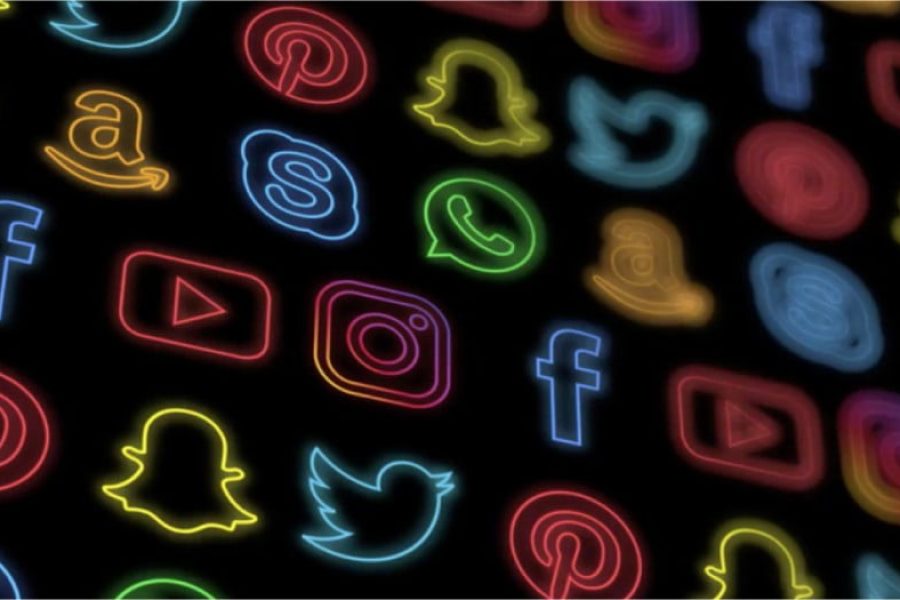At Hello Influx, we specialize in food, beverage, and product photography for the restaurant and hospitality industry, with a focus to help our clients meet their goals by creating stunning images that create clicks!
Today, we sat down with our creative director and lead photographer, Andy Aguirre, to understand how he has developed his creative abilities by working and refining his craft in the trenches. He also passes along some sage knowledge for those not yet ready to hire a full-time agency to share some tips on how he captures the best food photography for our hospitality and restaurant clients.
“The majority of our clients are restaurants and businesses that really need support with finding a direction for their food photography. This has become absolutely mission critical for success with how prolific sharing food plate pics has become on social, to the always appreciated 5 star review posted by a customer only to have a 1 star picture of the food accompany it.
The direction of the food photography look and feel, as well as the execution, is one of the most important factors for a restaurant’s success on social media, as well as its brand identity. My passion for food photography started 8 years ago out of necessity as a graphic designer.
Almost daily, I would get frustrated with the images that would come across my desk from clients on projects that were so horrible I could not believe that they thought it looked good enough to represent their product. One day I decided to pick up a camera out of frustration and started learning how to create the images I wanted to see in my work. This self taught, on the job training took years of hard work to refine, constant practice, and dedication was my motivation to begin producing the work I wanted to see.”
The majority of the food photography work we do every day is on site at the restaurant/hotel locations during open hours and it’s extremely fast paced. We take pride in being able to walk into a restaurant and quickly set up, create a library of beautiful content, and get out of the way so the business can continue running their operations. It is our sole focus to help them tell their stories, help them connect with customers, and build brand awareness through our images.
With the holiday season approaching and tons of beautiful food hitting the tables, we wanted to share some tips on taking better food photos, even if all you’ve got is an iPhone!
Andy’s Food Photography Tips:
1. Define the “Hero” of your image.
In food photography, it is especially easy to lose sight of the what the main subject is, due to the size of a dish compared to the table top surface and objects surrounding it, it can be easy to quickly clutter the frame with too many distractions or to shoot too wide, leaving the viewer’s eye bouncing around the frame searching for the main subject. Don’t be afraid to fill the frame with that “hero” dish or ingredient and get in close.
2. Don’t just take a shot, tell a story
In my food work, I mostly shoot on location at the restaurant establishments, working directly with the chef or a restaurant manager on the shoot. It is important to work fast because it is usually a run n’ gun situation and more often than not during normal business hours. It is still important to find creative ways to elevate the frame and tie in the personality of the brand.
When arriving for a shoot, I often like to have a quick chat with the business owner or chef on what inspires their menu and also take visual cues from the decor of the restaurant and their branding. I like to bring elements from the restaurant decor into the frame whenever possible
so that I am creating images that are on brand and paint the story of the restaurant experience.
3. Show dimension with lighting
When it comes to lighting food photography, I am usually lighting from the side or back of the scene to give the food a sense of depth and show off the texture and details of a dish. The main goal in food photography is to provoke a craving or appetite and I find that using contrasting rim lighting seems to achieve that best for me in most cases. I hardly ever use front lighting on food as it tends to look flat, two dimensional, and unappealing.
4. Select the correct depth of field
There is no default depth of field that works for all food photography. It is important to be mindful of how the aperture you select plays a role in the final image. Every dish and scene requires a different approach that will be dictated by the story you are trying to tell. In my photos I like to make sure my hero dish is tack sharp and in focus so the viewer’s eye knows where to go, and then slowly fade the background supporting elements and any props into a soft blur. However, the specific F-stop changes from dish to dish, depending on the height and depth of the “hero” dish.
For 10+ years as a creative Andy has studied graphic design, photography, film making, audio production, music composition, 3d modeling, and more.







